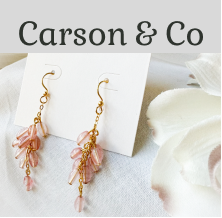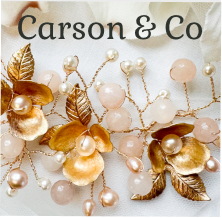Why Frost Can be Good for Plants
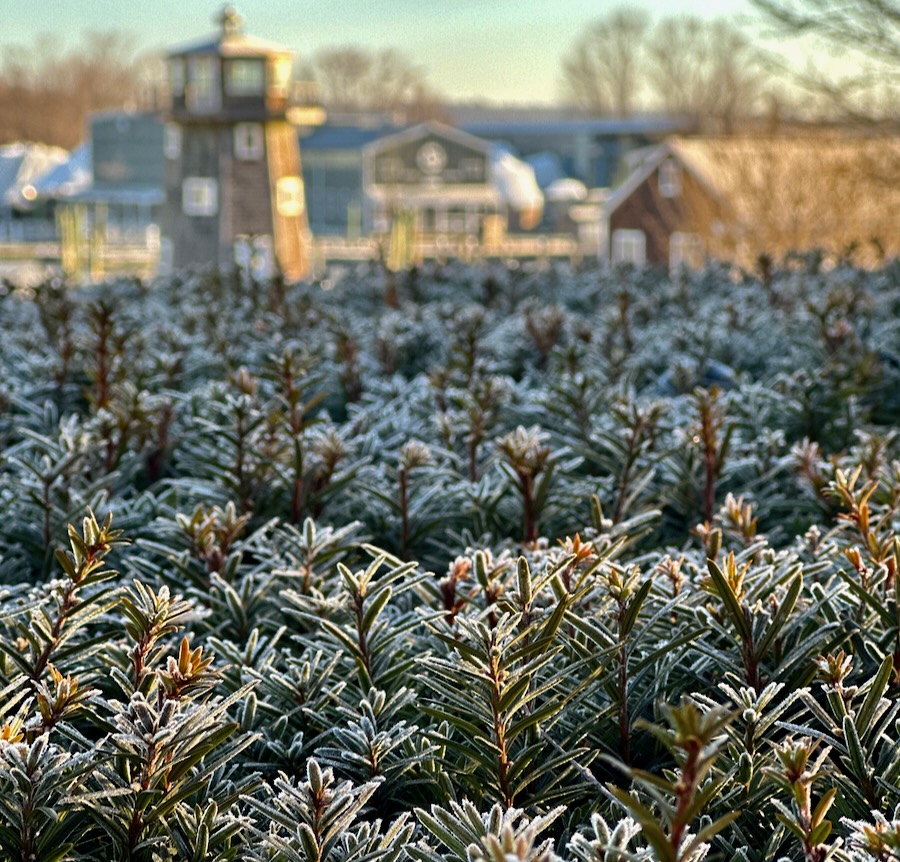
When I woke up this morning there was a lovely white frost covering everything. The Yew hedges and the Japanese Holly looked especially beautiful. It looked like snow.
I’m thankful for a frost for so many reasons. Not just because it looks pretty and it’s a great excuse to pad about in my nightdress taking photos in the morning but also because lots of my plants do better after a frost. It doesn’t bother the evergreens and quite a few of my vegetables are happy to sit in frozen soil (like Leeks and Cabbage) and even taste better and sweeter after a frost (Carrots and Parsnips). But many of my flowering plants (like Roses and Clematis) have a much better season after a frost, simply because there are fewer pests and diseases around.
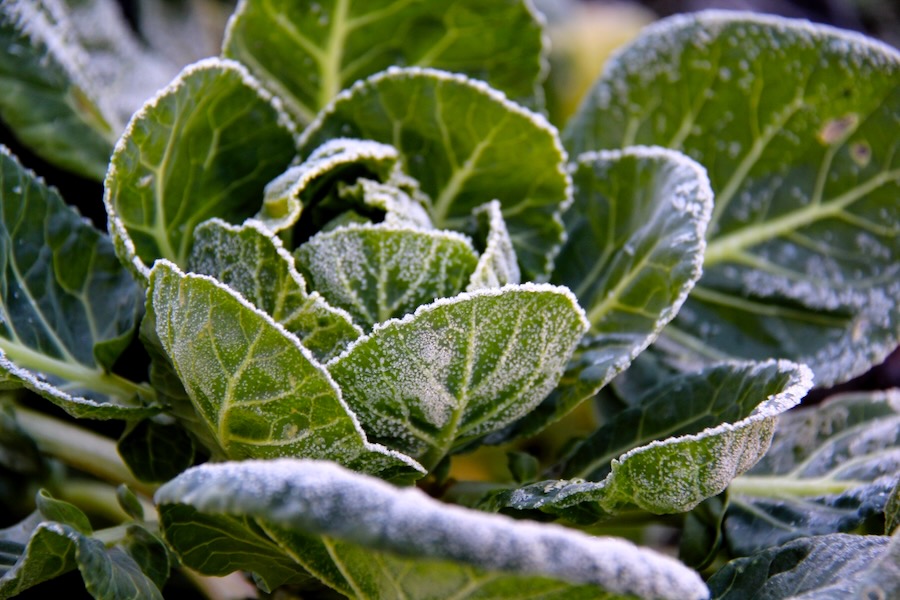
Last year in New England, we had a strange winter. There was no snow and very late in the season there was a very hard frost that killed or knocked back a lot of the plants that would typically be okay. I got a lot of questions about Hydrangeas. Why are they not flowering this year? Are they dead? Should I cut out the brown stalks? Well, my Hydrangeas took a beating in the frost just like everyone else’s, and when they eventually started growing again they did so from the base of the plant not from the buds on last year’s growth. And there’s the flower problem. Hydrangea’s flower on last year’s growth and since that was a gonner, no flowers for me. I cut out all the brown, dead stalks and am crossing my fingers for this summer.
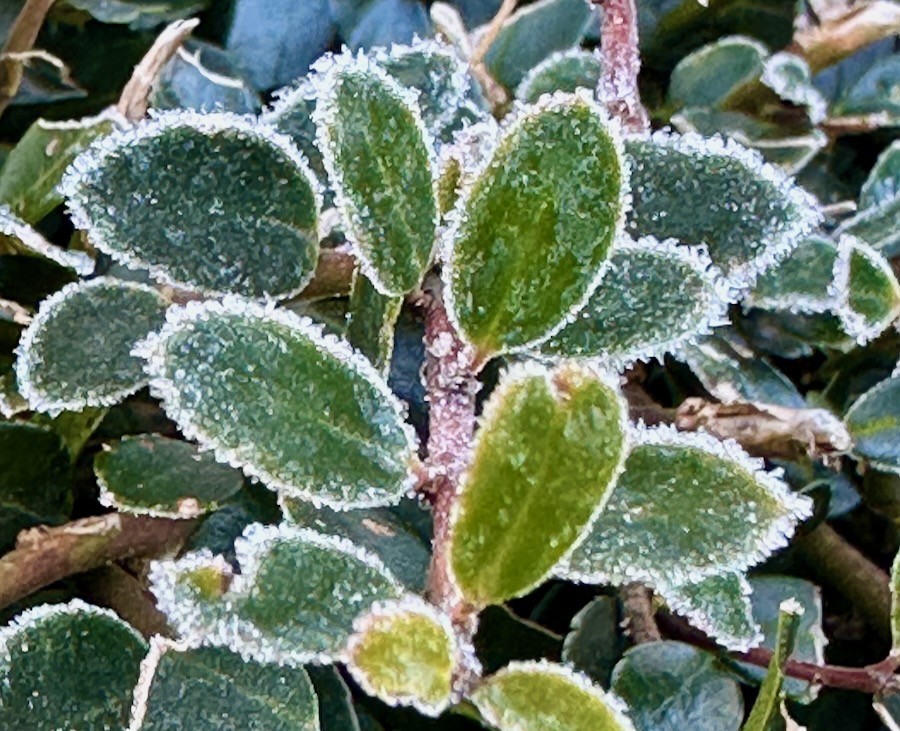
Here are some reasons why frost is good!
Hardening and Dormancy: Frost helps many plants to harden off and enter dormancy, a state in which they conserve energy and resources during the cold months. This natural process is crucial for the survival of perennial plants through the winter, ensuring they can resume growth in the spring.
Pest Reduction: Frost can significantly reduce the populations of pests that afflict plants. Many insects and disease-causing organisms cannot survive the cold temperatures, giving plants a healthier start in the spring.
Improved Flavor: For some crops, especially certain varieties of fruits and vegetables (like kale and Brussels sprouts), a light frost can enhance their flavor. The cold causes these plants to convert stored starches into sugars, leading to a sweeter taste.
Seed Stratification: Many plant species require a period of cold temperatures to germinate successfully. Frost periods contribute to the stratification process, breaking seed dormancy and promoting uniform germination and growth in the following season.
Water Distribution: Frost helps break down soil clumps and aids in the redistribution of nutrients as the soil thaws. This process can improve soil structure and moisture retention, benefiting plant roots and promoting healthy growth in the spring.
So bring on the frost, I say. Have gloves will wear them!
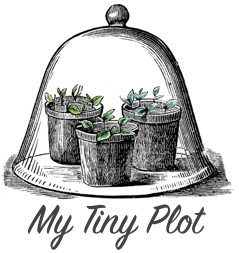 My Tiny Plot
My Tiny Plot